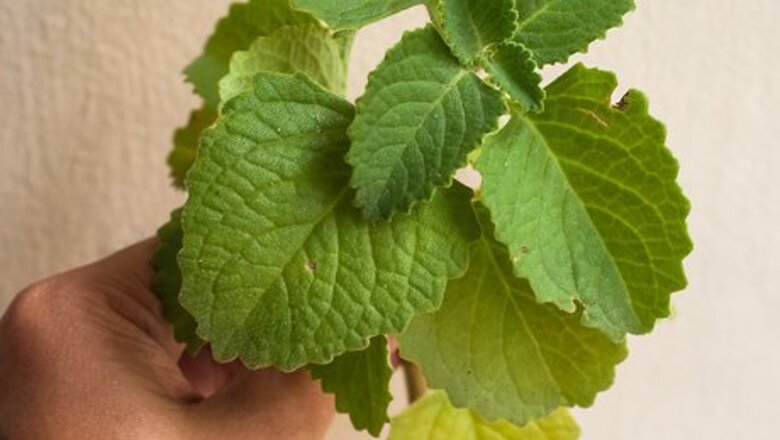
views
Basic Herbal Liniment
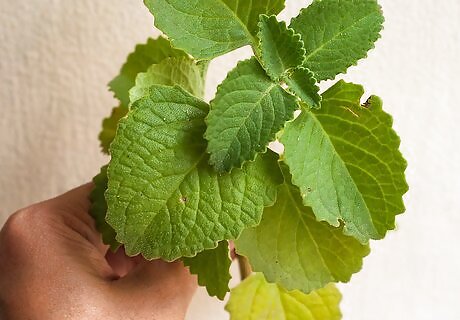
Choose your herbs. This liniment is a basic one that you can use for any type of herbs. You can choose herbs such as peppermint, oregano, cayenne, ginger, lavender, eucalyptus, myrrh, or chamomile, all based on what properties you want. You can choose fresh or dried plants. For instance, if you want to increase circulation to a certain area, you could use black pepper, cayenne pepper, rosemary, or ginger. Increasing circulation can help with healing and pain. Many people have had good luck with cottonwood or aspen as a way to decrease pain and help with swelling. To make the best use of these trees, you need to harvest the buds of leaves in the spring while the buds still feel resinous (sticky) to the touch. However, if you want to harvest at another time of year, you can use the bark instead. Just keep in mind that some people are allergic to cottonwood. Make sure that you are not allergic to cottonwood if you plan to use it.

Wash the plants or herbs if needed. If you choose fresh herbs or plants, you may need to wash them off first, depending on what they are. For instance, you may want to wash off ginger root, but you wouldn't want to wash the resin off of the cotton wood buds.
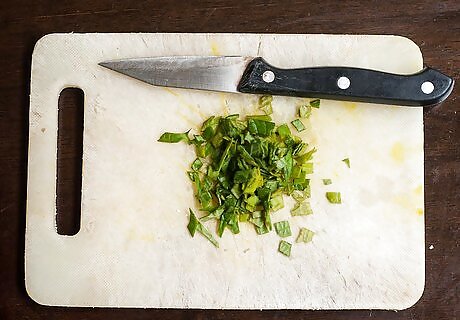
Chop fresh plants. If you're using fresh plants, you need to chop them up first. They don't have to be very finely chopped. Just give them a rough chop so that their essence is more easily extracted. Try to get the pieces smaller than 1 inch at the least.

Pour into a clean jar. Choose a jar that creates a tight seal. Place the plants in the jar.
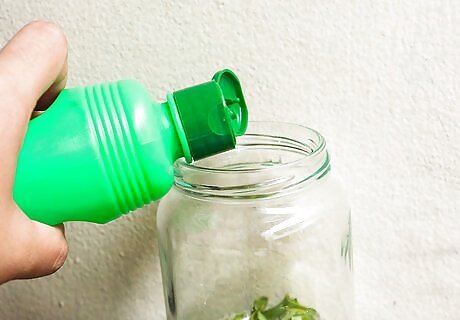
Cover the herbs with alcohol. Once you've added the plants, pour in enough rubbing alcohol, vodka, or witch hazel extract to cover the plants. You don't want part of the plant sticking out.
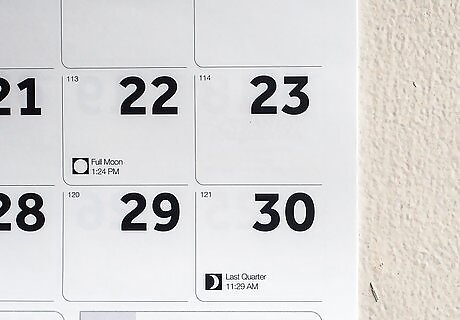
Leave it steep for a month or more. Once you've combined the ingredients, you need to let them steep. You can wait just a month, but 6 weeks is probably better.
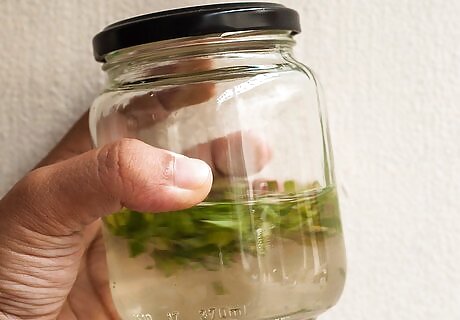
Shake it up. Though it needs to steep, you need to help the process along by shaking the mixture up. Once a day is sufficient, but you can do it more often if you wish.
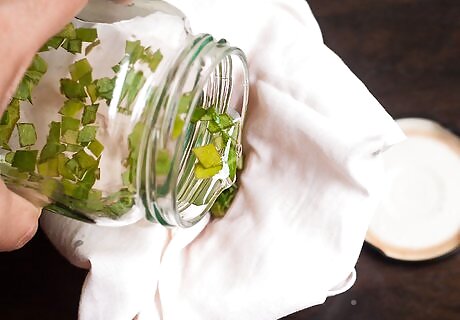
Strain the mixture. Once the time is up, you need to strain out the herbs. Pick a clean, dark jar with a tight-fitting lid. Place a clean piece of cheesecloth or muslin over the jar. Pour the mixture through it, leaving the herbs in the fabric. At this point, you can add a small amount of menthol crystals. How much you add is up to you, but start with a very small amount, just a small pinch. You can always add more. You can also add a few drops of essential oil at this point if you wish.

Label the bottle. Add a label that includes everything you put in the liniment. Also, make sure you add "for external use only." The liniment will keep a long time due to the alcohol.
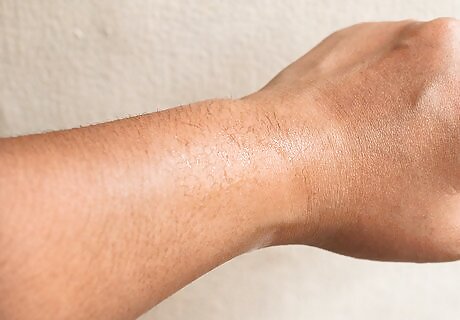
Apply to the skin. Gently rub a small amount on your skin as you need to do so. Let it dry on your skin.
Making the Herbal Liniment for Muscle Aches and Skin Scrapes

Mix the ingredients together. Gather the rubbing alcohol, myrrh, arnica, goldenseal, and cayenne pepper. Add all of the herbs to an air-tight jar. Then, pour in the rubbing alcohol so that it covers the herbs. Put the lid on, and shake well to mix. The myrrh is an astringent, while the goldenseal is antibacterial and anti-inflammatory, according to some liniment makers. Cayenne pepper can increase circulation and act as an astringent. Because goldenseal is expensive, you can use a bit less if you need to do so.

Let it steep. This liniment needs to steep for about a week. Be sure to keep mixing it up by shaking the bottle at least once a day. You can steep it for longer if you want it to be stronger.
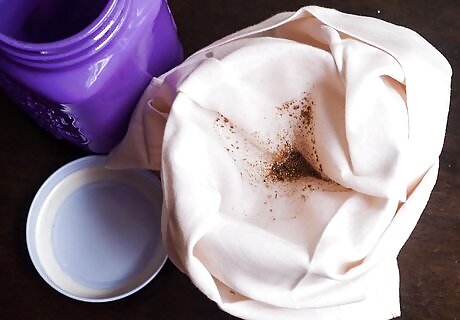
Strain the liniment. Put cheesecloth or muslin over a jar. Pour the liquid through the fabric into the jar. This step will keep the liniment from being gritty. Seal the jar tightly.
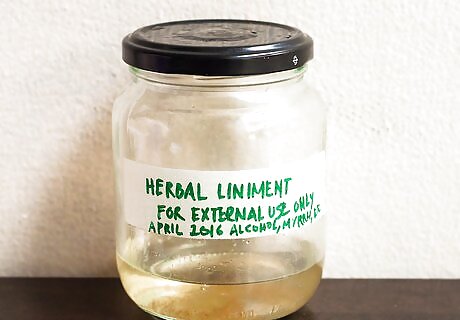
Label the jar. Make sure to mark it for external use only. Also, add the date you made it and what's in it.
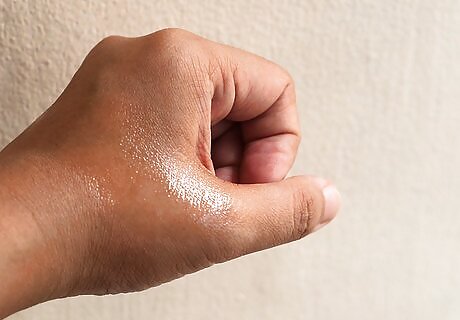
Apply as needed. Rub it onto sore muscles or places that are bruised or swelling. It can also be used on cuts or scrapes. Let it dry on the skin.
Creating the Cayenne Liniment

Boil the water. Add the cup of water to a small pan. Bring it to a boil.
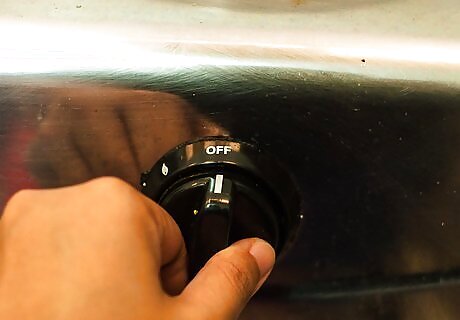
Remove the pan. Take the pan off the heat. Turn off the stove.
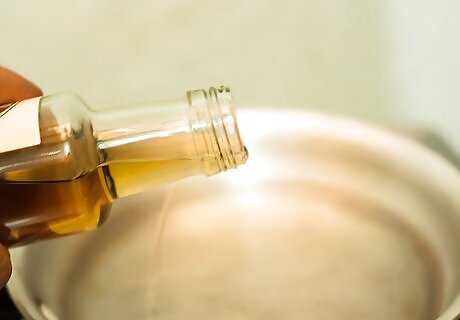
Pour in the other ingredients. Pour in the cup of apple cider vinegar. Measure out the 1-2 tablespoons of cayenne pepper. The more pepper you have, the more warming power the liniment will have.
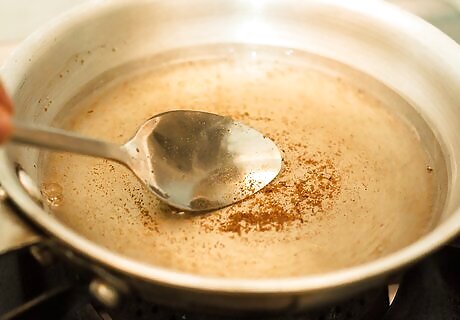
Let the mixture steep. Stir the ingredients together. Once they're mixed well, let the mixture sit for about half an hour.

Put it in a bottle. Use a clean bottle with a tight seal. A dark, glass bottle is best. Pour the liquid in. Don't forget to add a label so you know what it is.
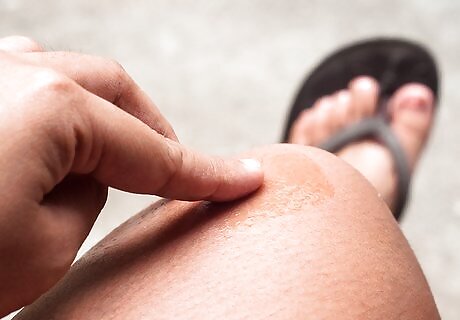
Use as needed. The best time to apply this liniment is after you shower. Just rub it into sore muscles to help with the pain. You can use slightly warm olive oil on your muscles after you apply the liniment.















Comments
0 comment